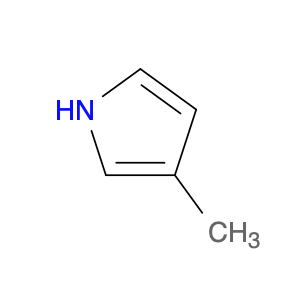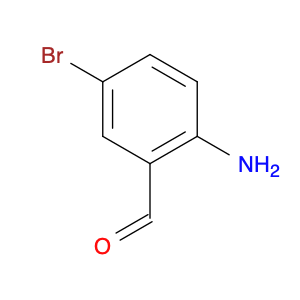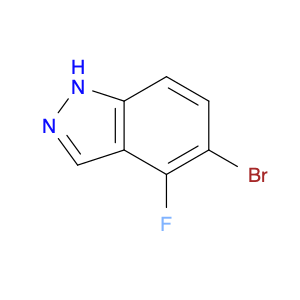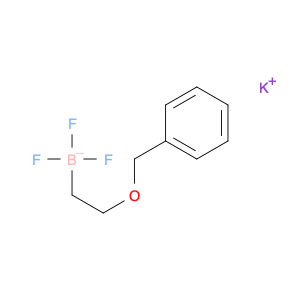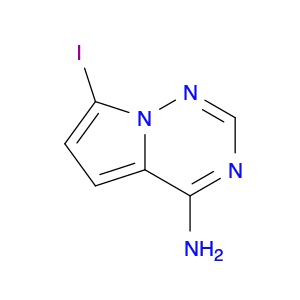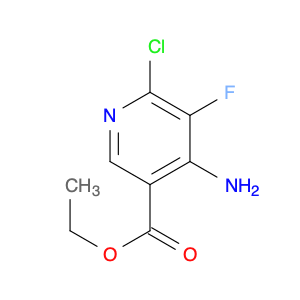3-Methyl-1H-pyrrole, also known as 3-methylpyrrole, is a valuable building block in chemical synthesis due to its versatile reactivity and unique structural properties. This compound is commonly employed in the synthesis of various pharmaceuticals, agrochemicals, and functional materials. In organic chemistry, 3-methyl-1H-pyrrole serves as a key intermediate for the construction of complex molecules with important biological activities. Its reactivity allows for the formation of carbon-carbon and carbon-nitrogen bonds, enabling the creation of diverse chemical structures. One prominent application of 3-Methyl-1H-pyrrole is in the synthesis of heterocyclic compounds, which are essential components of many drugs and bioactive molecules. By incorporating 3-methylpyrrole into the molecular framework, chemists can modulate the properties of the resulting compounds, such as their solubility, stability, and biological activity.Furthermore, 3-Methyl-1H-pyrrole can participate in various types of reactions, including electrophilic aromatic substitution, functional group transformations, and cross-coupling reactions, making it a versatile building block for the synthesis of diverse chemical compounds. Its presence in the molecular structure often imparts unique properties to the final products, making it a valuable tool in chemical synthesis.Overall, the use of 3-Methyl-1H-pyrrole in chemical synthesis highlights its significance as a versatile and valuable building block for creating a wide range of functional molecules with potential applications in pharmaceuticals, agrochemicals, and materials science.
 sales@aaronchem.com
sales@aaronchem.com
